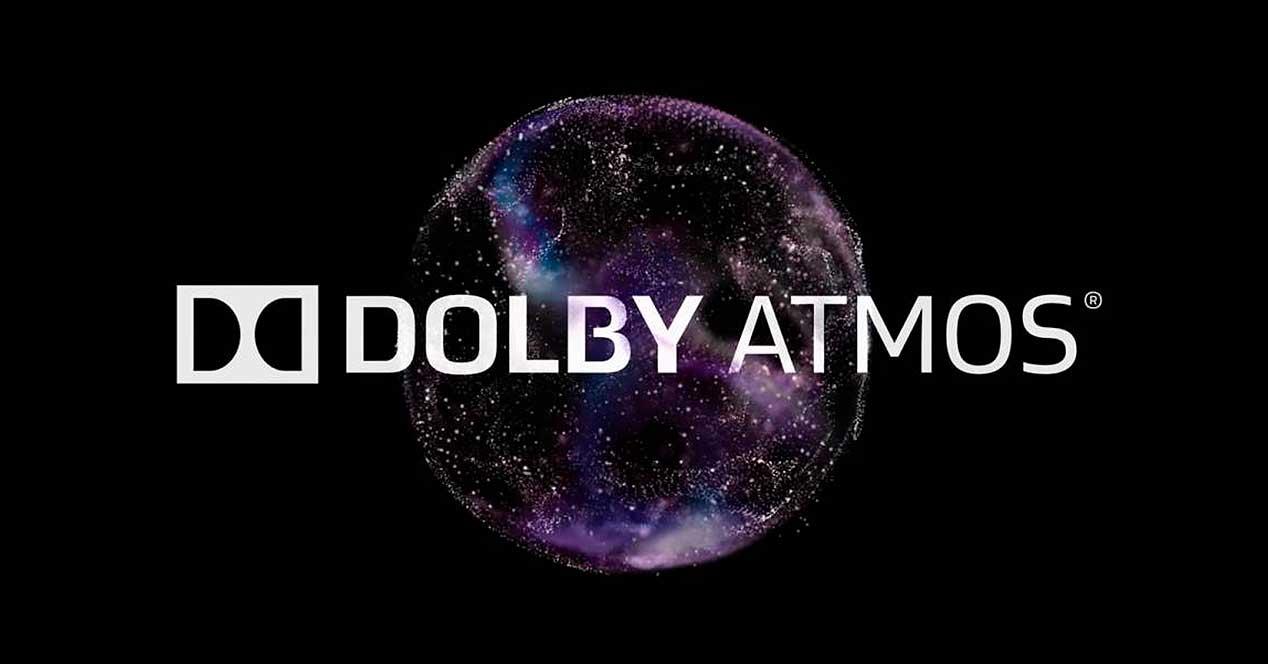The average user is generally reluctant to believe certain audio and video technologies, and they are certainly not mistaken. Many promise to improve on what is already complicated, and by saving digital positioning and resolution, audio and video haven’t improved much in recent years. Does this technology do it?
Dolby Atmos, a mature and underused technology
As we might have guessed, Dolby Atmos is a surround sound technology for theaters and also for home systems that was created by Dolby Labs in April of the year. 2012. And while there has been time and it was launched as a breakthrough technology that year, its implementation has been really slow around the world, especially in theaters, but in recent years, it took off exponentially.
But what does this add to the technologies that were already on the market and how is it different? The objective was clear: to offer captivating sound, to imprint movement on said sound, to convey the impact of what is seen on the screen and to inspire emotions.
On paper, of course, everything is fine with the best of intentions without a doubt, but what about reality and how do they come up with “magic”? Based on what they called “audio objects”. In a common multi-speaker system, let 2.1, 5.1 or 7.1, all sound is moved from one speaker to another, but with Dolby Atmos, every sound is an object, so it can be moved independently on the speakers, creating a much more realistic feel.
No limitation in terms of speakers to use
Another advantage is that content creators, whether filmmakers or any studio, don’t have to encode the audio for 7.1 or 5.1 for example, but the more speakers there are, the more experience is rich and more detailed it will be. Dolby Atmos also adds a height effect to the speakers as it not only works on the horizontal axis, but also on the vertical, something completely new to the industry.
The technology is therefore the same both in the cinema and at home, the difference is in the number of speakers, the strategic positioning and the quality of the same, but as a technology in itself it is offered both in one place and in another, no changes.
But yes, the studio has to adapt the content from the theatrical film to the home movie using a series of in-house creation tools, since the encoding methods are not the same. The advantage is that there is no loss after encoding, so the quality and positioning will be the same and will adapt to the number of speakers we have.
Considering this, the most obvious question is also the most relevant, what do we need to take advantage of this technology at home? First of all, a system capable of reading Dolby Atmos, that is, a player Blu ray (including game consoles and streaming media) with a movie in this format, a TV or monitor with HDMI 1.4 or higher.
The maximum speaker configuration is up to 34, in a 24.1.10 configuration, i.e. 24 speakers on the floor or at ear height and 10 on the ceiling, but remember that there is no optimal, maximum or minimal. It all depends on the room we are in. Yes it is true that Dolby as such specifies 34 speaker positions, but these are recommendations based on your tests and measurements, they are not subject to be followed as such.













